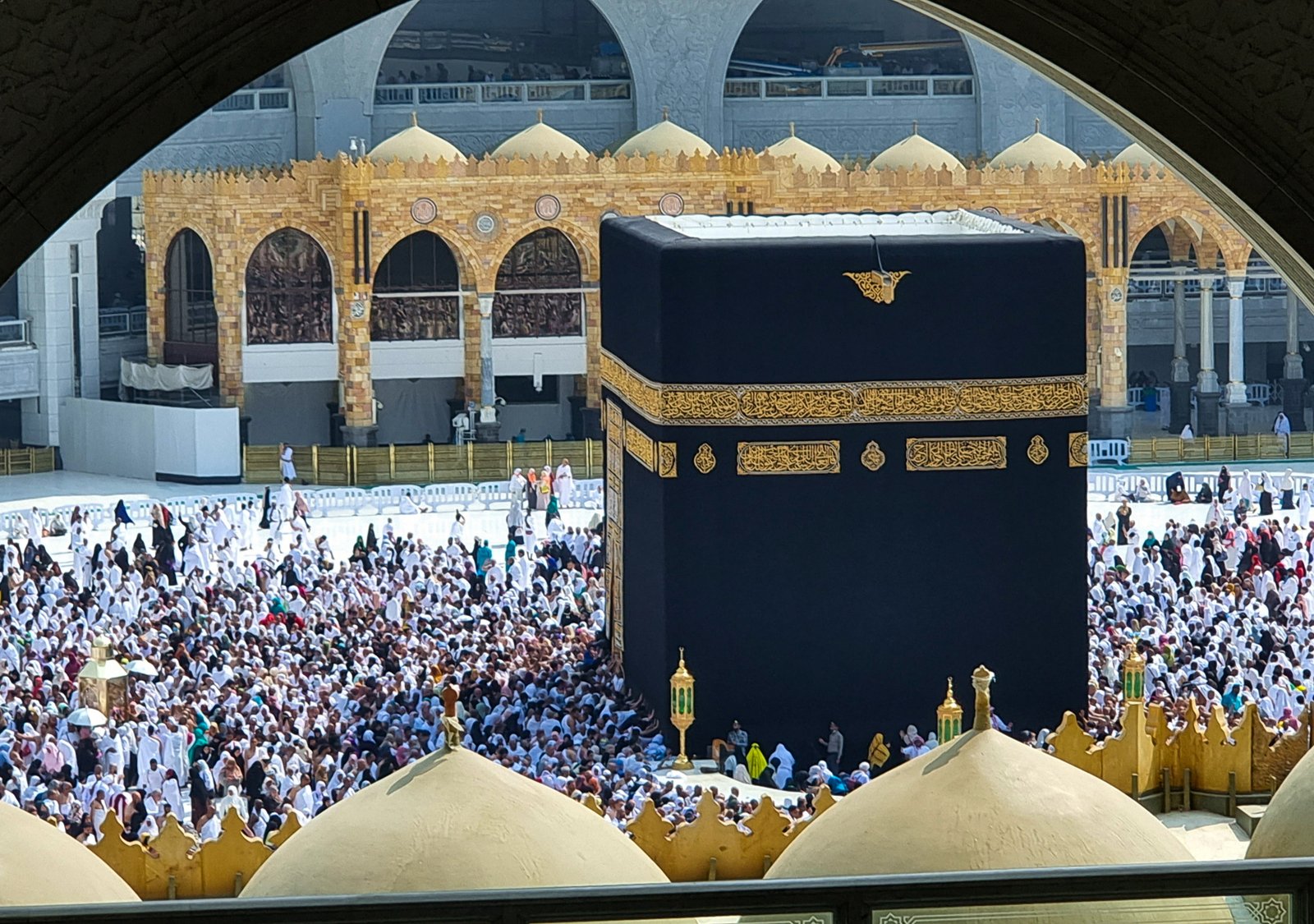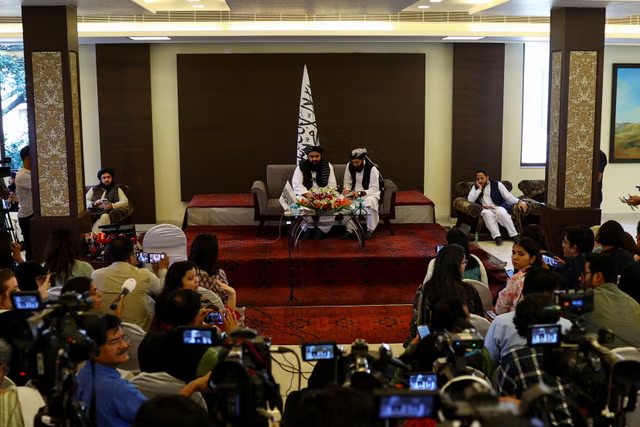Islam Will Be the World's Largest Religion By 2070- Pew Research Center Report on March 15, World Anti-Islamophobia Day
New York, March 15: A study by the U.S.-based research organization Pew Research Center states that by the year 2070, Islam will become the world's largest religion. Although Christianity currently has the highest number of followers, over the next five decades, the Muslim population is expected to grow rapidly and surpass other religions.
Islam Will Be the World's Largest Religion By 2070- Pew Research Center Report on March 15, World Anti-Islamophobia Day
Islam Will Be the World's Largest Religion By 2070- Pew Research Center Report on March 15, World Anti-Islamophobia Day New York, March 15: A study by the U.S.-based research organization Pew Research Center states that by the year 2070, Islam will become the world's largest religion. Although Christianity currently has the highest number of followers, over the next five decades, the Muslim population is expected to grow rapidly and surpass other religions.
Muslim Population Growth Rate (2023-2070):
📈 73% (compared to Christianity’s growth rate of 37%)
Current Status:
🔹 According to a 2010 report, there were 2.17 billion Christians and 1.6 billion Muslims worldwide.
2070 Forecast:
🔹 The Muslim population is expected to surpass Christians.
Reasons for Islam’s Rapid Growth:
🔹 High Birth Rate: Muslim families generally have a higher birth rate compared to other religious groups.
🔹 Fertility Rate: The average Muslim fertility rate is 3.1%, while Christians have a fertility rate of 2.7%.
🔹 A Higher Birth Rate Leads to Faster Population Growth:
Young Muslim Population:
🔹 Currently, 25% of the world's population is under the age of 15.
🔹 Among Muslims, this proportion is 34%, which is higher than in other religious groups.
🔹 A large youth population will further accelerate Muslim demographic growth.
Decline in Atheist Population:
📉 The Pew Research Center report predicts a decline in the global atheist population by 2050.
🔹 In 2010, about 16.4% of the world's population identified as non-religious.
🔹 By 2050, this rate is expected to decline to 13.2%.
Religious Conversion Trends:
🔹 The number of people converting to Islam is higher than those converting to Christianity.
🔹 Pew Research Center's demographic trends expert, Conrad Hackett, stated:
"High birth rates and a young population are the primary drivers of Islam’s rapid growth. Additionally, population booms in Muslim-majority countries in Africa and Asia also play a significant role."
Impacts and Potential Challenges:
🔹 Political Landscape: The increasing Muslim population in Western countries may influence social diversity and policymaking.
🔹 Religious Coexistence: Policy initiatives will be necessary to maintain harmony in multi-religious societies.
Country-Specific Trends:
🔹 India: By 2050, India will have the world’s largest Muslim population (310 million).
🔹 Nigeria: The Christian and Muslim populations will be nearly equal.
🔹 Europe: Muslims will make up 10% of the total population (currently 6%).










